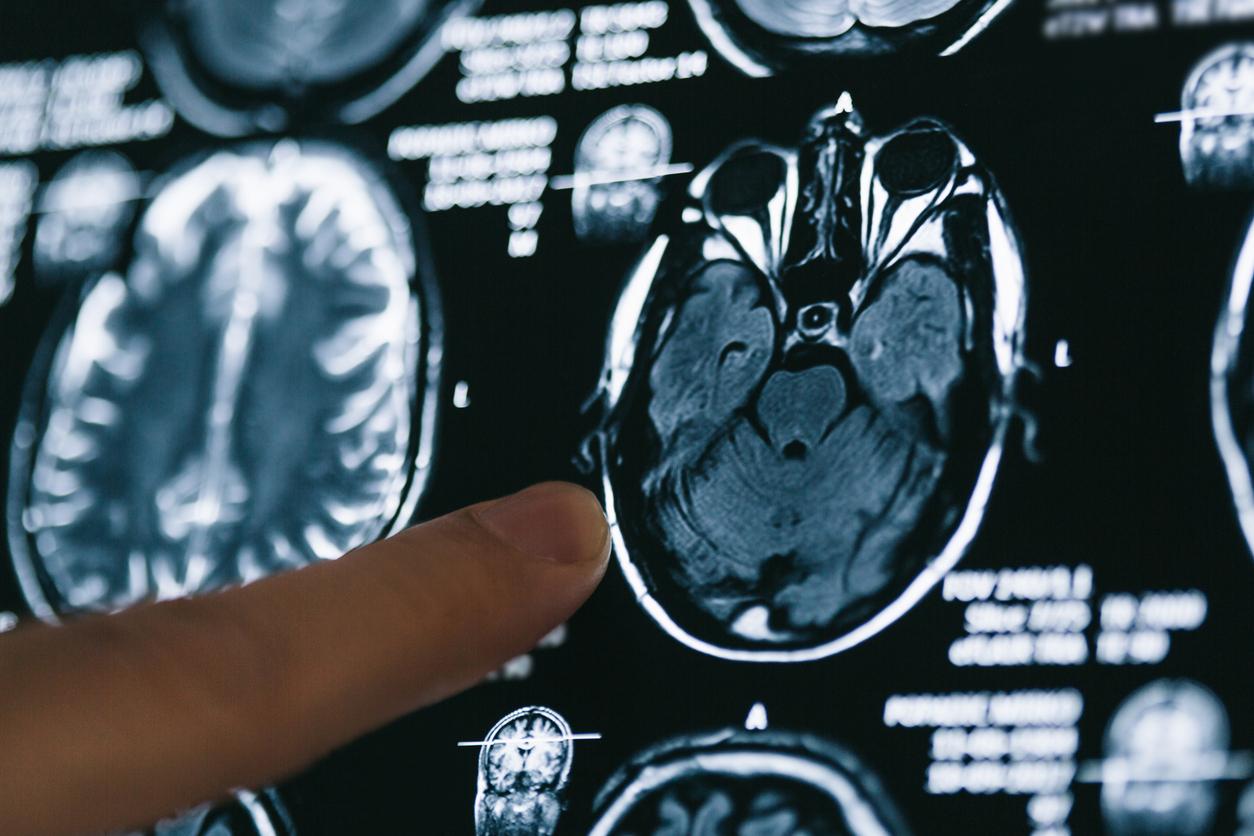Patients affected by fibromyalgia display changes in cerebral blood flow, according to results of a study published in the medical journal PLoS ONE. These changes in cerebral blood flow could be the cause of the painful and emotional symptoms associated with this pathology.
Researchers from the Universitat Politècnica de València (Spain) conducted a study with 30 women, 15 of whom were affected by fibromyalgia to understand the impact of the disease on cerebral blood flow. The participants’ brains were observed using a transcranial Doppler technique, a non-invasive ultrasound diagnostic method that observes changes in blood flow by analyzing their cerebral velocity in major vessels.
Treating Cerebrovascular Abnormalities to Reduce Symptoms of Fibromyalgia
The results of this experiment showed that fibromyalgia patients had significantly higher levels of depression and D’anxiety than healthy controls, significantly higher pain intensity scores, and impaired cerebral blood flow, especially in the left hemisphere.
“These CBFV abnormalities are found to be significantly associated with clinical pain and emotional disorder scores,” explains Professor Tembl, from the Department of Neurology and author of the study.
These findings may suggest that treating cerebrovascular abnormalities may help reduce some fibromyalgia symptoms, but they need to be confirmed by larger studies.
The fibromyalgia affects between 2 and 5% of the French population. Symptoms are recognized as “a spontaneous bilateral diffuse musculoskeletal painful state evolving for more than 3 months associated with the presence of a minimum of 11 tendino-muscular points out of 18 listed”. Fibromyalgia means “fibro” for fibrous tissues, tendons; “myo” for muscle; “algia” for pain.
Read also:
Vitamin D and Sleep for Fibromyalgia
Fibromyalgia: what do you know about the disease?
Fibromyalgia: cold against pain


















